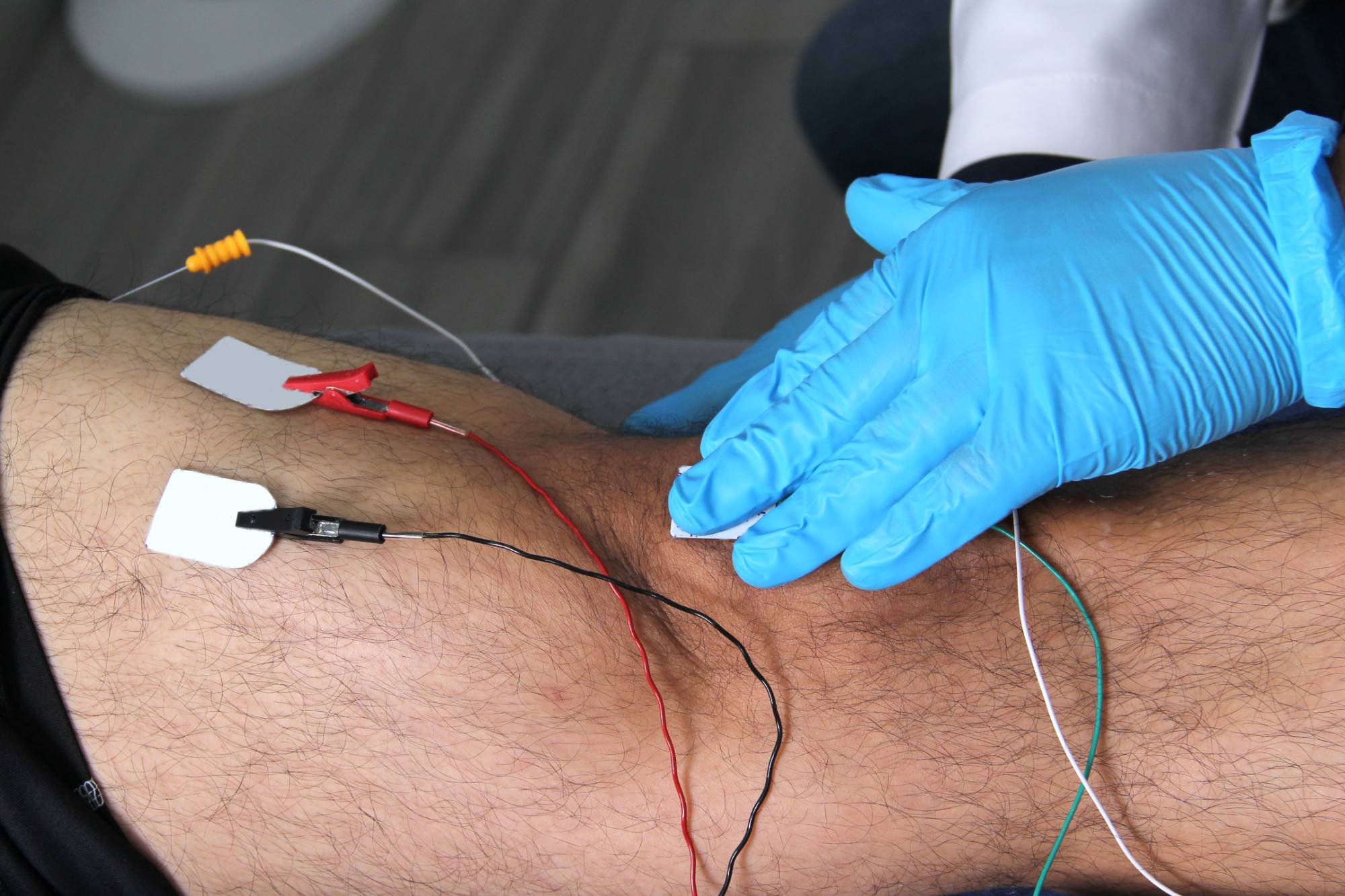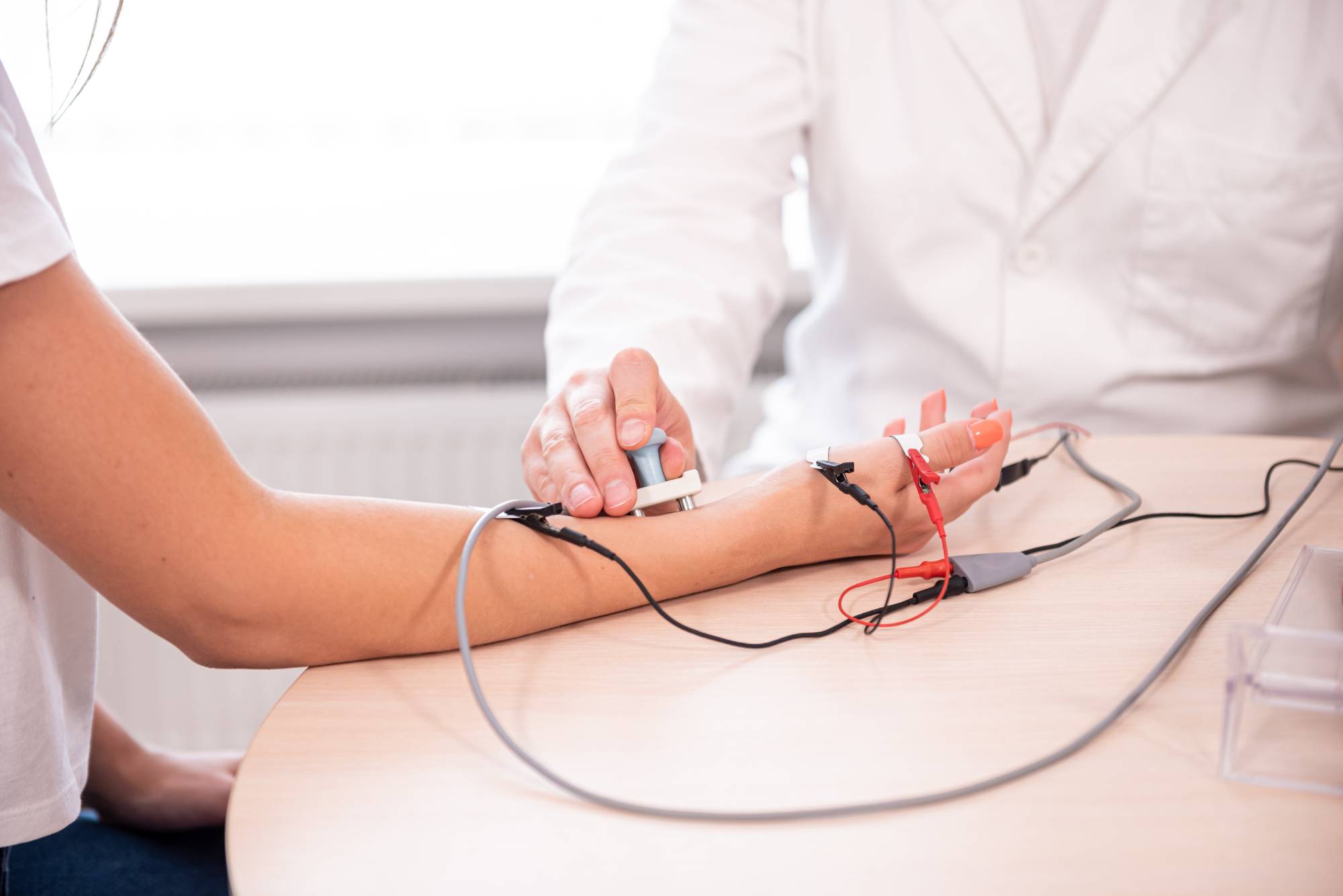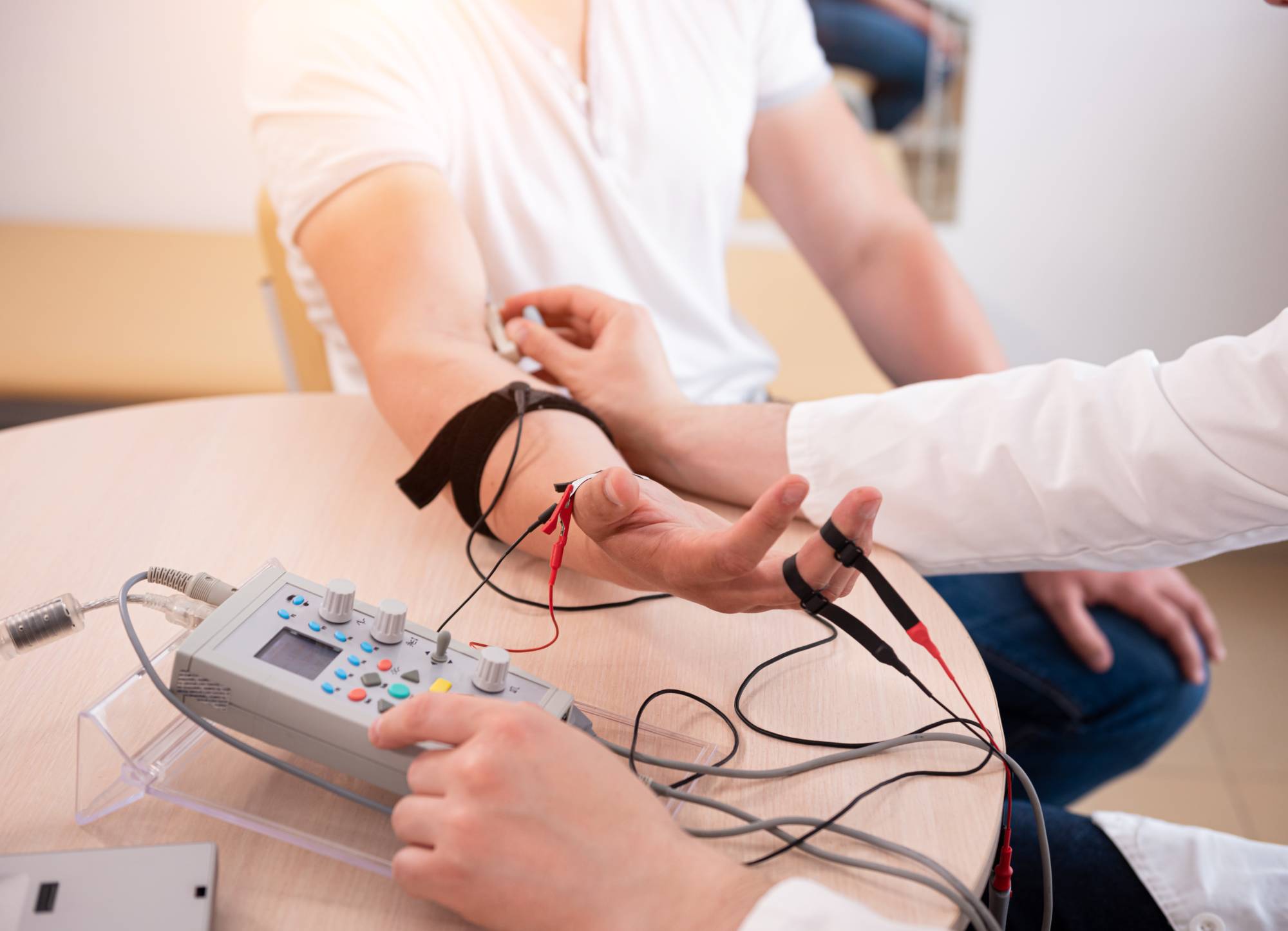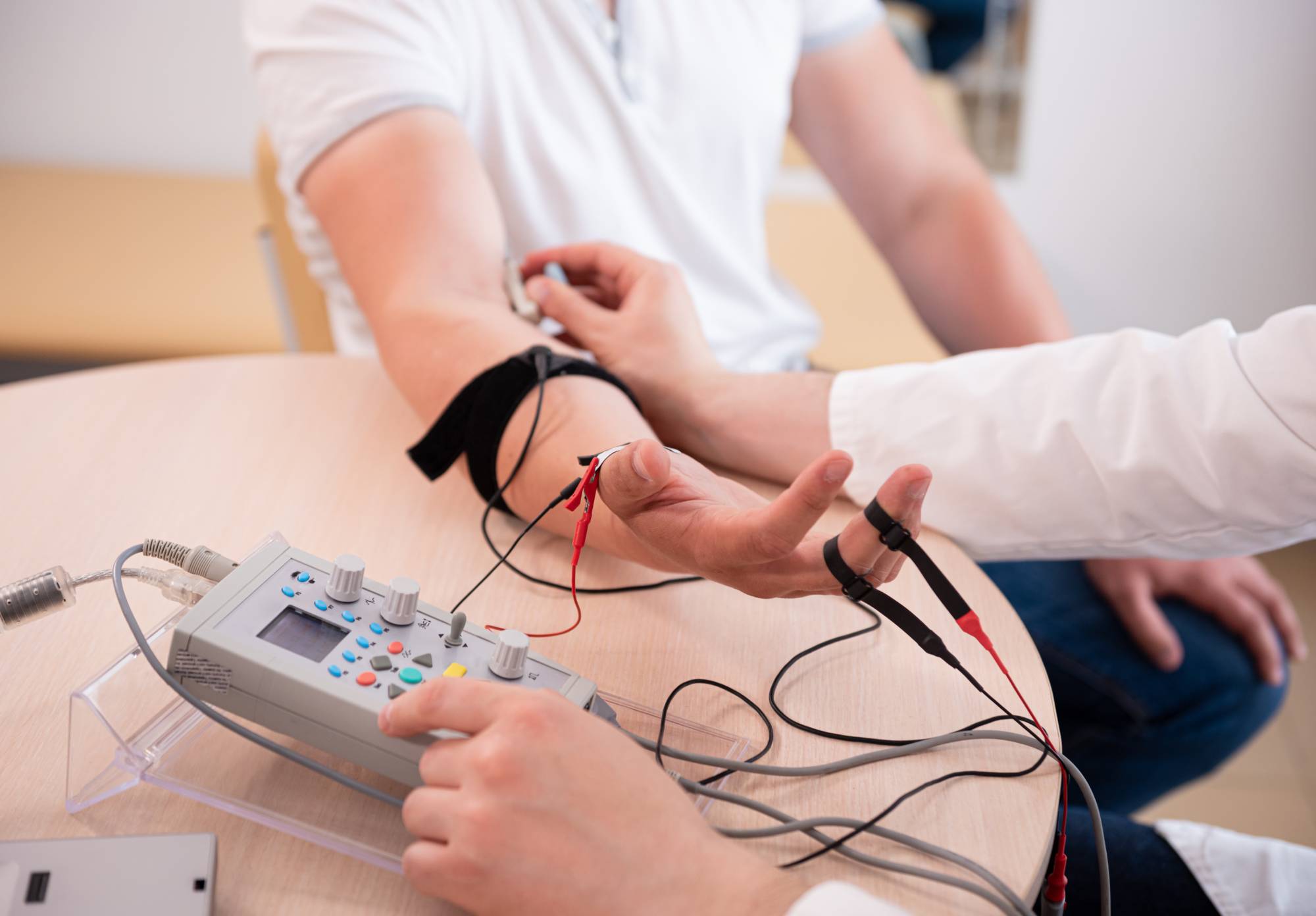Advanced EMG testing that pinpoints nerve and muscle problems so you can move forward with the right treatment.

Reviews

You’ve been dealing with numbness, tingling, or muscle weakness long enough. Maybe it started as occasional discomfort, but now it’s affecting your daily life. You need answers, not more guessing.
EMG testing gives you those answers. When the test is complete, you’ll understand exactly what’s happening with your nerves and muscles. No more wondering if it’s serious or if it will get worse.
With clear diagnostic results, your treatment plan becomes focused and effective. Instead of trying different approaches and hoping something works, you’ll know precisely what needs attention and how to address it.
We’ve been serving patients throughout Fanwood and central New Jersey with specialized diagnostic testing and spine care. Our practice focuses on getting accurate results the first time, so you don’t waste time with inconclusive tests or delayed diagnosis.
Our medical team understands that EMG testing can feel intimidating if you’ve never had it done. We take time to explain the process, answer your questions, and ensure you’re comfortable throughout the procedure.
You’re not just getting a test here. You’re working with specialists who see the bigger picture and can connect your EMG results to comprehensive treatment options when needed.

EMG testing combines two parts: nerve conduction studies and electromyography. The nerve conduction study comes first, where small electrical pulses test how well your nerves send signals. You’ll feel brief, mild electrical sensations, but nothing painful.
Next is the electromyography portion, where thin needles are inserted into specific muscles to measure electrical activity. The needles are much thinner than typical injection needles, and most patients find this more comfortable than they expected.
The entire process typically takes 30 to 60 minutes, depending on which nerves and muscles need testing. You’ll receive results immediately after the test, along with a clear explanation of what the findings mean for your condition and treatment options.

Ready to get started?
Your EMG testing includes both electromyography and nerve conduction velocity (NCV) studies for a complete picture of your nerve and muscle function. This comprehensive approach catches issues that single tests might miss.
The testing can diagnose conditions like carpal tunnel syndrome, sciatica, peripheral neuropathy, muscle disorders, and pinched nerves. Many patients come in suspecting one condition but discover their symptoms have a different, treatable cause.
Fanwood residents choose our practice because the testing connects directly to treatment planning. If your EMG results show a condition that requires intervention, you’re already working with specialists who understand spine and nerve-related treatments. No need to start over with a new provider who doesn’t know your case.

New York:
Florida:
Support